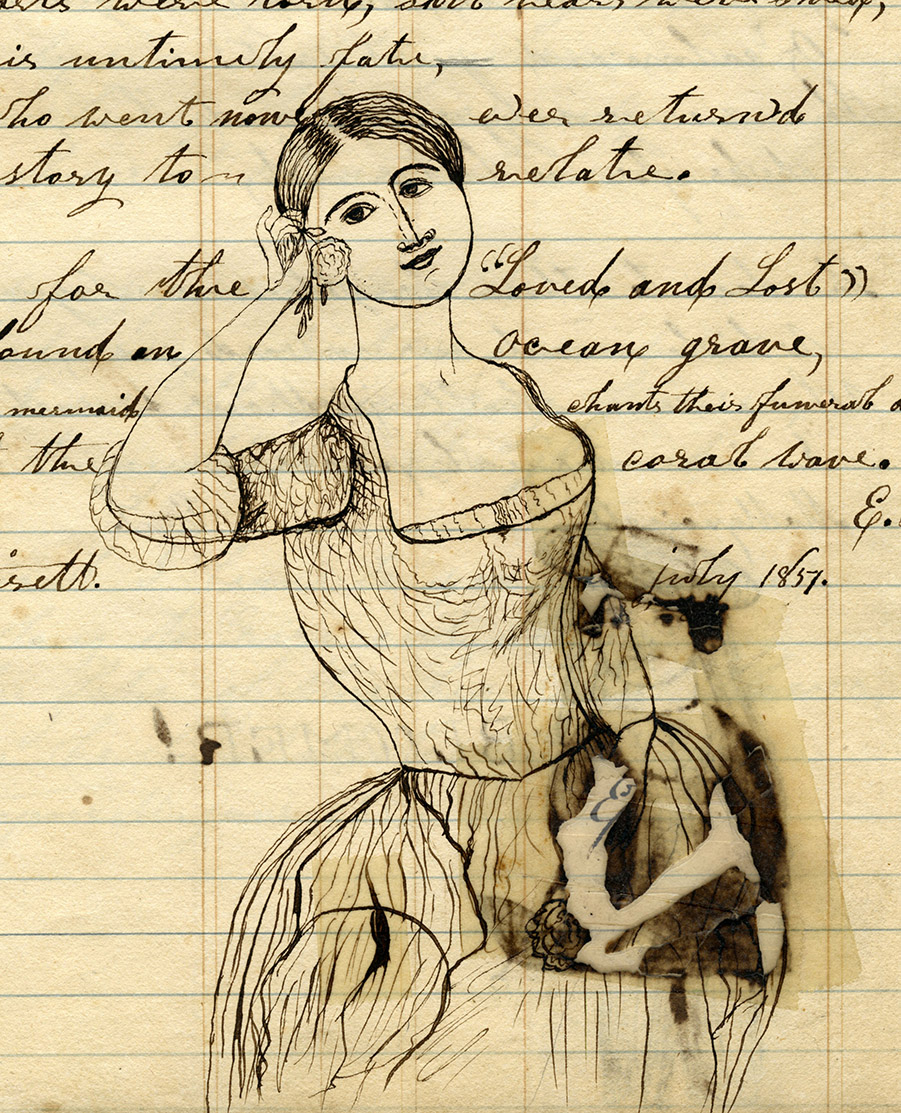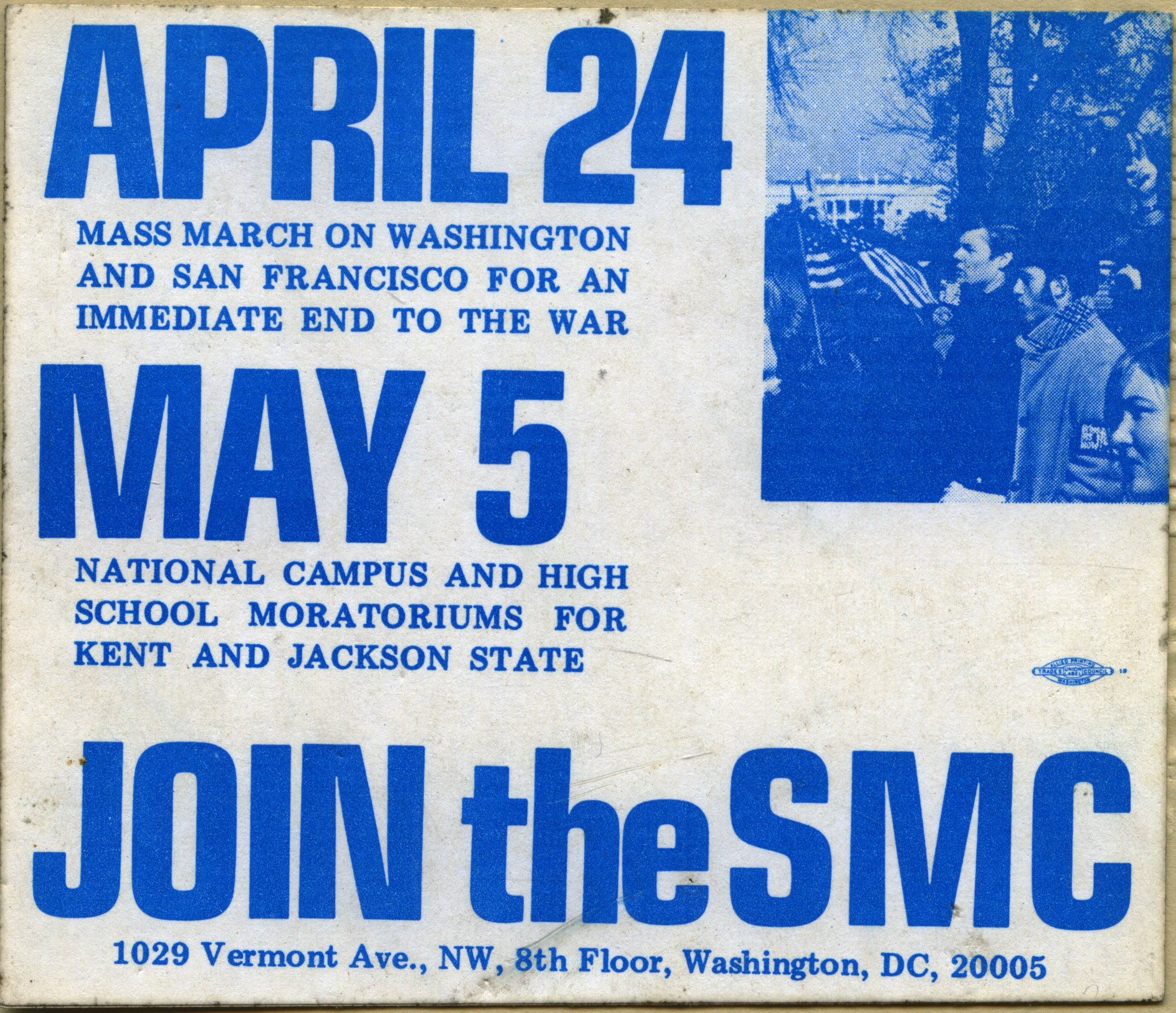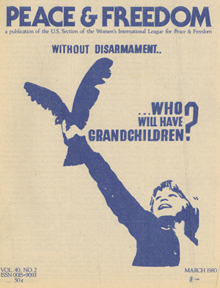Lewis Smith Account Book
A resident of Northampton, Mass., directly across the Connecticut River from South Hadley, Lewis Smith ran a substantial farm during the early decades of the nineteenth century. Settling in the village of Smith’s Ferry shortly after service in the American Revolution, Smith owned a part stake in a sawmill and produced and traded in an array of farm products, from grains and vegetables to grain, beef, and pork. A producer of apples and owner of his own mill, he produced large quantities of cider and vinegar.
In a standard double-column account book kept somewhat erratically, Lewis Smith recorded an extensive exchange of goods and services befitting a prosperous Northamptonite. Smith sold an array of goods he produced, from apples to dairy products, grain, beef, lard, and tallow, with cider from his mill (and briefly brandy) being the most consistent producer of revenue.




